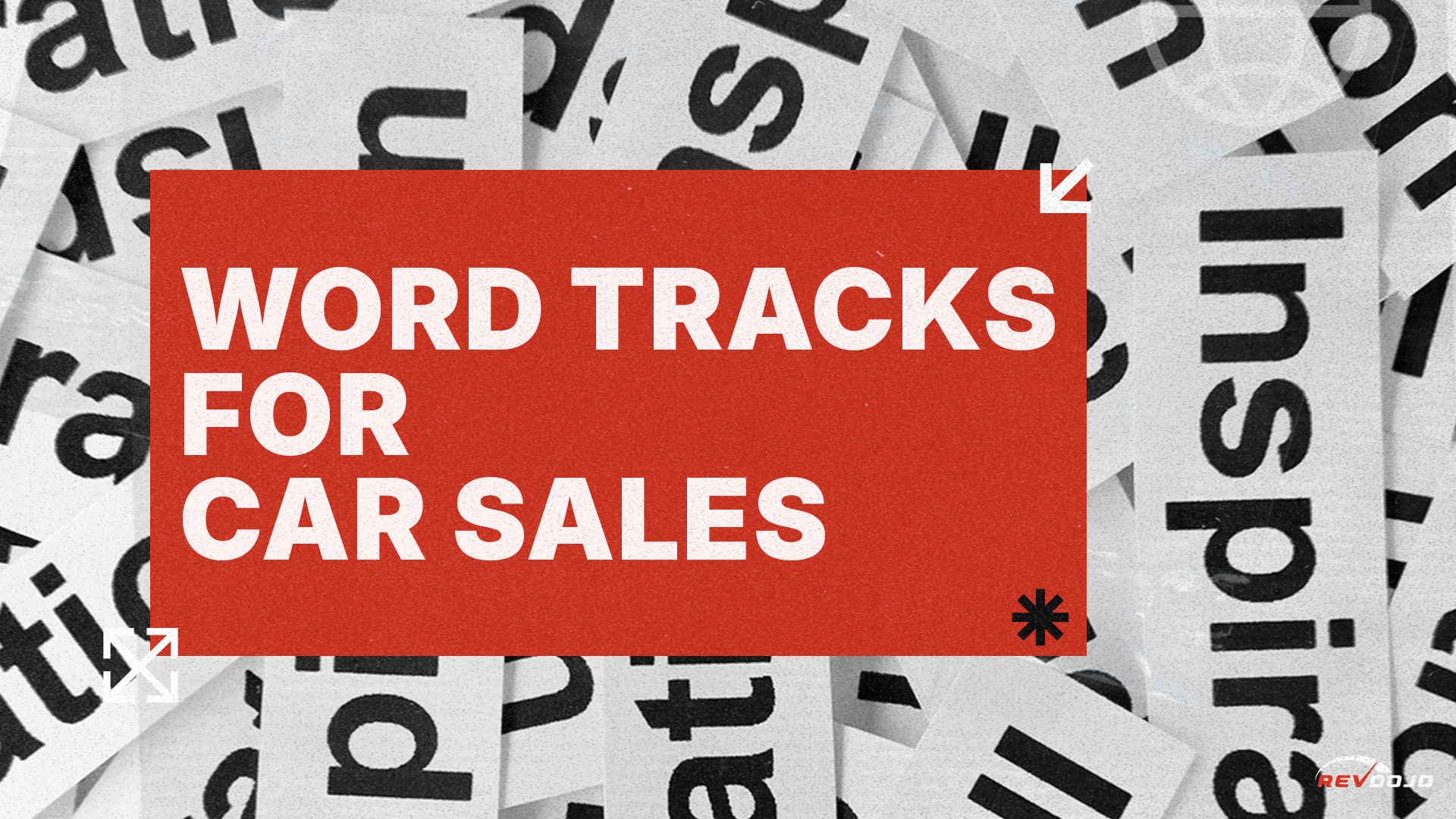Published 04 Oct 2023
Effective Car Sales Follow Up: Leave Better Voicemail and Get a Call Back
VOTD
Video of the day
car sales training
sell more cars
Automotive Sales Training
Dealership Training
How to sell more cars
How to sell cars at a dealership
car salesman
car sales tips
how to sell cars
selling cars
sales training
car sales tricks
sell 30+ cars a month
One powerful yet often overlooked tool in a salesperson's arsenal is the voicemail. Leaving a compelling voicemail can significantly increase your chances of getting a call back from potential customers. In this article, we will delve into the art of leaving better voicemails to boost your car sales.
1. Understand Your Audience
Before you even pick up the phone, it's essential to understand your audience. Are they first-time car buyers, or do they have experience? Knowing this can help tailor your voicemail to their specific needs.
2. Craft a Catchy Opening
Your voicemail's opening should grab the listener's attention. Start with a friendly greeting and a brief introduction of yourself. Mention the reason for your call without giving away too much information.
3. Be Brief and to the Point
Long-winded voicemails are a sure way to lose your audience. Keep your message concise and focus on the essential points.
4. Highlight Benefits, Not Features
Instead of listing the car's features, emphasize how those features benefit the potential buyer. Will it save them money on fuel? Is it the safest choice for their family?
5. Create a Sense of Urgency
Encourage the listener to take action by creating a sense of urgency. Mention limited-time offers or special promotions that are currently available.
6. Personalize Your Message
Refer to any previous interactions or specific details about the customer's needs or preferences. Personalization shows that you care and are not just following a script.
7. Use a Friendly Tone
Speak in a warm, friendly tone to make the listener feel comfortable. Smile as you talk; it can be heard in your voice.
8. Call to Action
End your voicemail with a clear call to action. Ask them to call you back, schedule a test drive, or visit the dealership.
9. Follow Up on Previous Voicemails
If you've left voicemails before, reference them briefly in your current message. This shows persistence and a genuine interest in helping the customer.
10. Practice and Rehearse
Before making your actual calls, practice your voicemails. Rehearse them until they sound natural and engaging.
11. Avoid Sales Jargon
Don't overwhelm your audience with sales jargon or technical terms. Keep it simple and easy to understand.
12. Leverage Social Proof
Mention satisfied customers or positive reviews to build trust with the listener. Social proof can be a powerful persuasion tool.
13. Leave Your Contact Information Clearly
Ensure your phone number and email address are easy to understand and repeat them if necessary. Make it effortless for the listener to reach out to you.
14. Follow Up With a Text Message
Consider sending a follow-up text message after leaving a voicemail. It's another way to stay in touch and remind the customer of your offer.
15. Monitor and Analyze Results
Track the effectiveness of your voicemails. Which ones are getting the most callbacks? Analyze what works and refine your approach accordingly.
Conclusion
Effective car sales follow-up requires leaving better voicemails that engage potential customers and prompt them to take action. By understanding your audience, crafting compelling messages, and following up persistently, you can improve your chances of closing deals and growing your sales. Remember, it's not just about what you say, but how you say it.
FAQs
1. How long should my voicemail be?
Keep it short and sweet, ideally under 30 seconds. Focus on the key points and a clear call to action.
2. What if the customer doesn't respond to my voicemail?
Be patient and persistent. Consider following up with a friendly text message or trying a different approach in your next voicemail.
3. Can I use humor in my voicemails?
It depends on your audience and your style. A touch of humor can make your message memorable, but use it sparingly and avoid offensive jokes.
4. Should I mention discounts and promotions in every voicemail?
No, reserve promotional mentions for when you have a special offer or limited-time deal to share. Constantly pushing discounts can make you seem desperate.
5. How often should I follow up with a customer?
A good rule of thumb is to follow up every few days but adjust your frequency based on the customer's response and preferences.
All blog posts

The Role of Customer Experience in Closing More Automotive Sales

Top-Rated Automotive Internet Sales Training for Dealership Teams

Why Dealerships With Good Car Inventory Win (And How to Make Sure Yours Does)

Driving Sales Success: The Power of Accountability and Consequences in Automotive Sales Training

Top 10 Automotive Sales Tips to Turn Cold Leads into Hot Prospects

From Rookie to Rockstar: How RevDojo Transforms Car Sales Careers

RevDojo vs. Traditional Training: Which One Drives More Sales?

Word Tracks for Car Sales: Close More Deals in Less Time

Car Sales Objections CRUSHED: 10 Word Tracks That Actually Work

How to Hold Gross in Car Sales – 5 Tactics That Still Work in 2025
RevDojo is the all-in-one solution for automotive businesses looking to thrive in today's competitive market.
© 2024 Revdojo. All rights reserved.